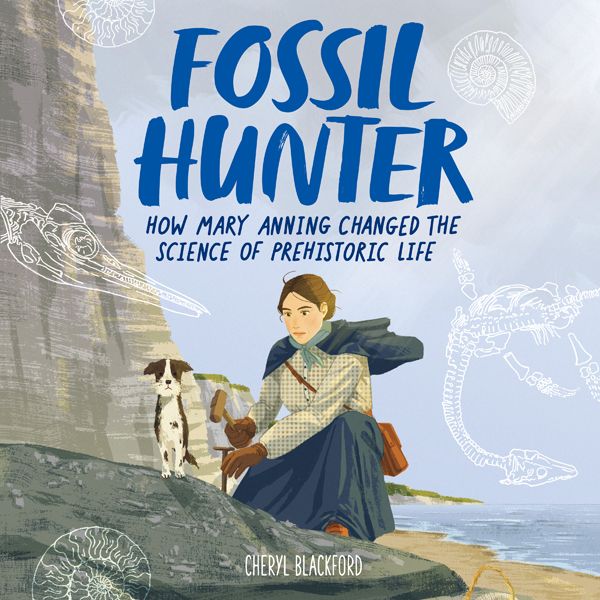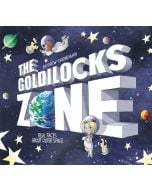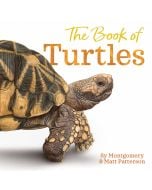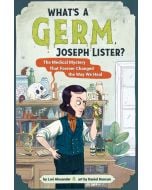
Fossil Hunter: How Mary Anning Changed the Science of Prehistoric Life
By Cheryl Blackford
Edition
By Cheryl Blackford
Hardcover edition
Publisher Houghton Mifflin Harcourt Imprint Houghton Mifflin Harcourt ISBN9780358396055
Fossil Hunter: How Mary Anning Changed the Science of Prehistoric Life
 17.55
17.55
Out of stock
SKU
9780358396055J
A fascinating, highly visual biography of Mary Anning, the Victorian fossil hunter who changed scientific thinking about prehistoric life and would become one of the most celebrated paleontologists of all time. Perfect for children learning about woman scientists like Ada Lovelace, Jane Goodall, and Katherine Johnson.
Mary Anning grew up in England in a region rich in fossils unearthed by the sea. At the age of twelve, she discovered England’s first ichthyosaur.
Anning would become one of the most celebrated paleontologists ever, though in her time she was a rarely acknowledged, poor woman who supported herself selling fossils. Her findings helped shape scientific thinking about prehistoric life and prove that extinction can occur decades before Darwin discussed evolution.
With engaging text, photographs, and stunning paleoart, The Fossil Hunter introduces this self-taught scientist, now recognized as one of the greatest fossilists the world has ever known.
Mary Anning grew up in England in a region rich in fossils unearthed by the sea. At the age of twelve, she discovered England’s first ichthyosaur.
Anning would become one of the most celebrated paleontologists ever, though in her time she was a rarely acknowledged, poor woman who supported herself selling fossils. Her findings helped shape scientific thinking about prehistoric life and prove that extinction can occur decades before Darwin discussed evolution.
With engaging text, photographs, and stunning paleoart, The Fossil Hunter introduces this self-taught scientist, now recognized as one of the greatest fossilists the world has ever known.
Author’s note. Time line. Glossary. “Where to See Mary Anning’s Fossils.” Source quotes. Bibliography. Index. Full-color illustrations, photographs, and reproductions.
|
Standard MARC Records Cover Art |
Science Nonfiction Elementary Plus (Grades 2-6)
Science Nonfiction Elementary Plus
Science Nonfiction Elementary Plus (Grades 2-6)
For Grades 2-6
Explore everything from the galaxies to your own backyard in these accurate and up-to-date nonfiction titles. Young scientists will experience fascination monthly with the 14 books in this category.
14 books per Year
$0.00 per Year
Interests
Biographies, Graphic Novels, Nonfiction, Reluctant Readers, Science/STEAM





